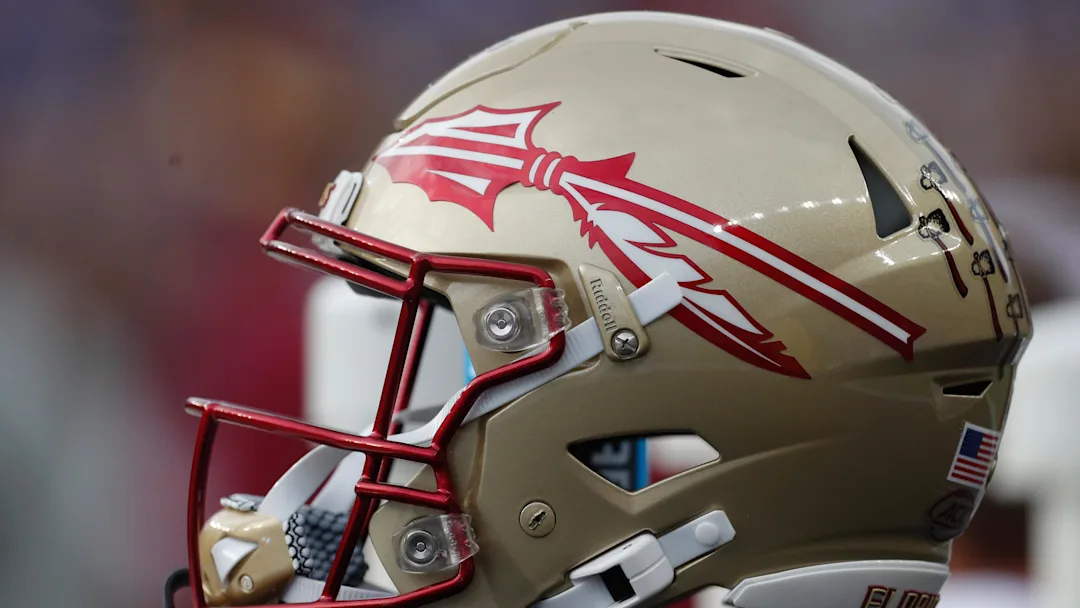In the ever-evolving landscape of college athletics, transfer news always sparks interest and speculation, especially when it involves a player moving between rival programs. Recently, the college football world was taken by surprise as a former Florida State starter announced his transfer to another Atlantic Coast Conference (ACC) school. This move has ignited conversations not only about the player’s future but also about the growing trend of intra-conference transfers and what it means for the competitive balance within one of college football’s premier leagues.
The player in question had previously been a significant contributor for Florida State, earning a starting role and showcasing talents that made him a key part of the Seminoles’ plans. His decision to transfer was unexpected, primarily because most transfers tend to involve moves to different conferences or lower divisions, but rarely does a player jump directly to a rival program within the same conference. This raises questions about his motivations, the implications for both teams involved, and the broader shifts occurring in college sports as the transfer portal continues to redefine how rosters are built.
When a former starter from Florida State elects to continue his career at another ACC institution, it speaks volumes about the evolving dynamics of player mobility. In past decades, transfers were often stigmatized, with many athletes reluctant to leave their original programs, especially for direct competitors. However, the advent of the NCAA transfer portal and the increasing ease of movement has transformed this narrative. Players are now empowered to seek opportunities where they believe they can thrive, maximize their potential, and position themselves for professional careers without the same level of restriction as before.
This particular transfer is intriguing because Florida State has historically been one of the flagship programs in the ACC, boasting a storied history filled with national championships, legendary coaches, and countless NFL-caliber talents. For a player to leave such an institution for a rival within the conference suggests several possible underlying factors. It might indicate a search for a better fit schematically, a desire for increased playing time, or a change in coaching staff philosophy that no longer aligns with the player’s strengths. Alternatively, it could be a strategic move to elevate the new team’s competitiveness, adding a player with firsthand knowledge of Florida State’s system and tendencies.
The receiving program stands to gain a considerable advantage by securing a starter from one of their conference foes. This player’s experience competing at a high level against some of the best athletes in college football means he brings both skill and valuable insights to his new team. His transition will not only bolster the depth chart but also potentially disrupt the established order within the ACC. Rivalries, already intense on the field, take on a new layer when a former insider switches allegiances, providing an emotional edge to upcoming matchups.
Beyond the individual level, this transfer highlights the shifting balance of power within the ACC. While Florida State has long been considered a perennial powerhouse, the conference has grown more competitive with programs like Clemson, Miami, North Carolina, and others rising to prominence. Each team is actively building its roster through recruiting, development, and increasingly, transfer acquisitions. The movement of players within the conference could intensify rivalries and increase parity, resulting in more unpredictable and thrilling seasons.
Moreover, this transfer underscores the role of coaching staffs in attracting and integrating transfers. The program welcoming the Florida State starter likely pitched a compelling vision of how he fits into their system and culture. Coaches are becoming adept at utilizing the transfer portal not just to fill gaps but to strategically acquire players who can elevate their team’s performance immediately. For the athlete, joining a new team within the same conference offers the chance to demonstrate growth, prove doubters wrong, and leave a lasting legacy.
It’s also important to consider the personal factors influencing the player’s decision. Transfers can be motivated by more than just football; academic programs, proximity to family, relationships with coaching staff, and the overall campus environment all play a role. For some athletes, a change of scenery revitalizes their passion for the game and provides a fresh start to pursue goals with renewed focus.
The implications for Florida State are multifaceted. Losing a starter to a conference rival is a tough blow, both on the field and in terms of recruiting perception. It forces the Seminoles to adapt quickly, relying on depth players and incoming recruits to fill the void. At the same time, it serves as a reminder that no program is immune to the forces driving player movement in today’s game. Florida State’s staff must take this as an opportunity to reassess, reinforce team culture, and perhaps recalibrate how they retain and develop talent going forward.
Fans and analysts alike will be watching closely to see how this transfer unfolds in the coming seasons. The player’s impact on his new team could be immediate, potentially altering the competitive landscape within the ACC. On the flip side, it will be interesting to observe Florida State’s response—whether they manage to reload effectively or struggle to maintain their traditional standing.
This situation also invites broader reflection on the transfer portal’s role in college football. While it offers players unprecedented freedom and opportunities, it also presents challenges related to team cohesion and long-term roster planning. Coaches must balance developing homegrown talent with integrating transfers who can contribute right away. Programs that master this balance are often the ones that sustain success in the modern era.
In summary, the transfer of a former Florida State starter to a fellow ACC program is a striking example of how college football is changing. It illustrates how players are taking control of their careers, how rivalries are intensifying with new dimensions, and how the conference landscape continues to shift. As the player embarks on this new chapter, all eyes will be on his performance, his adjustment, and the ripple effects throughout the ACC.
Ultimately, this move is more than just a roster update—it symbolizes the evolving nature of college athletics where tradition meets transformation. Whether this transfer becomes a defining moment for the player and his new program or a cautionary tale for Florida State remains to be seen. But one thing is certain: in the modern ACC, change is constant, and adaptability is key.



